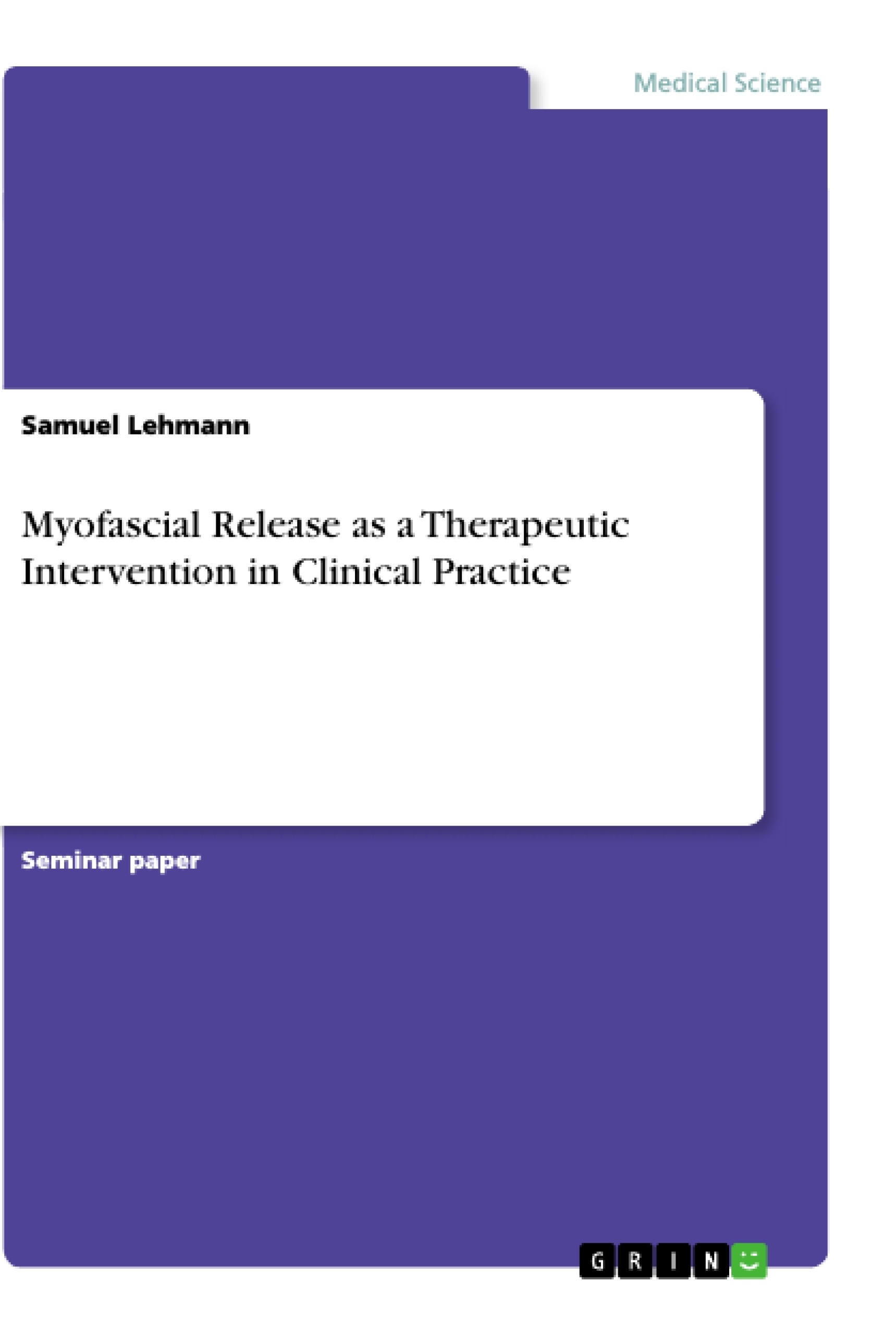When considering the evidence presented by a range of peer reviewed studies, it is reasonable to accept the validation of MFR as an effective therapeutic technique. The efficacy of MFR across a wide scope including multiple pain conditions and ROM was highlighted, especially in cases where MFR was applied in conjunction with alternate intervention strategies such as dry needling, static stretching and SBE. Limitations of each investigation, such as the lack of long-term assessment, were identified and raised concerns regarding the reliability of the clinical evidence. However, the analysis of each limitation established directions of future studies as opposed to discrediting the evidence. According to currently available literature, it can thereby be concluded that MFR should be applied as a therapeutic intervention and component of multi-modal treatment strategies in clinical practice.
Contents
Introduction
Ethics
Literature Analysis
Conclusion
References
- Quote paper
- Samuel Lehmann (Author), 2019, Myofascial Release as a Therapeutic Intervention in Clinical Practice, Munich, GRIN Verlag, https://www.grin.com/document/903775
-

-

-

-
Upload your own papers! Earn money and win an iPhone X. -

-
Upload your own papers! Earn money and win an iPhone X. -

-
Upload your own papers! Earn money and win an iPhone X. -

-
Upload your own papers! Earn money and win an iPhone X. -

-
Upload your own papers! Earn money and win an iPhone X.

